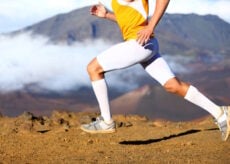Best Movements to Lower Blood Pressure
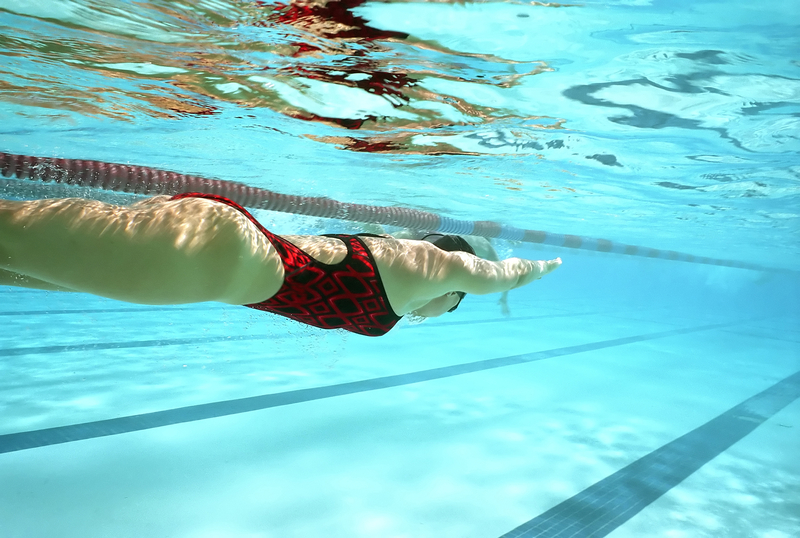
While controlling your blood pressure can be done with medication, there are other ways to tackle the issue as well. Movements to lower blood pressure are an easy way to give yourself the advantage and lower it naturally.
What Is Blood Pressure and Why Should It Stay Low?
As your heart beats, it pumps blood throughout your body via the circulatory system. Your blood pressure refers to the amount of force placed on the walls of your arteries as the blood is pushed through them.
When you measure your blood pressure, you’ll get two readings: the first (systolic) is how much load on your arteries is applied when your heart pumps the blood. The second number (diastolic) is the amount of pressure in your veins between heartbeats (when your heart is relaxed). Together, these numbers form your blood pressure reading.
Blood pressure readings will change throughout your day, depending on what you’re doing and how much you’re exerting yourself. But they can also change for the worse if you follow poor lifestyle habits and consume an unhealthy diet. However, it’s also possible to have high blood pressure (also called hypertension) due to illness, medications, or even a hereditary condition.
Exercise to Lower Blood Pressure
How does exercise help? Exercise strengthens your heart muscle (just like it strengthens other muscles in the body). When your heart is in great shape and strong, it takes less force to push blood through your circulatory system. While all exercise is helpful when it comes to keeping your blood pressure under control, certain exercises can really target the issue. Some of the exercises that top the list include:
Isometrics: a Surprising Secret Weapon
When it comes to getting and keeping your blood pressure low, not everyone can do a lot of aerobic exercise or hit the gym heavily a few times a week. If you’re one of those who can’t, then you’ll be happy to know that isometrics will get the job done. In fact, while all strength training is helpful, studies show that isometrics are the most effective movement to lower blood pressure.
What are isometrics? Isometrics use static contractions, meaning that opposing muscles contract. You won’t see the muscles lengthening (eccentric contraction) and shortening (concentric contraction) as you go through the exercise. It will be more of a squeeze. Try some of these popular and well-known isometric exercises:
Wall Sits—this involves mainly the legs and core. Stand in front of a wall, facing away, with your feet about hip distance apart. Lean back until your back is resting against the wall. Slowly bend at the knees to slide your back down the wall until you are in a “sitting” position. Hold as long as you can, and then return to the start.

Glute Bridges—start by lying on your back with your knees bent and feet flat. Keeping your head and torso on the floor, lift your hips until you can’t go further. Squeeze and hold for a count of five, release, and repeat.
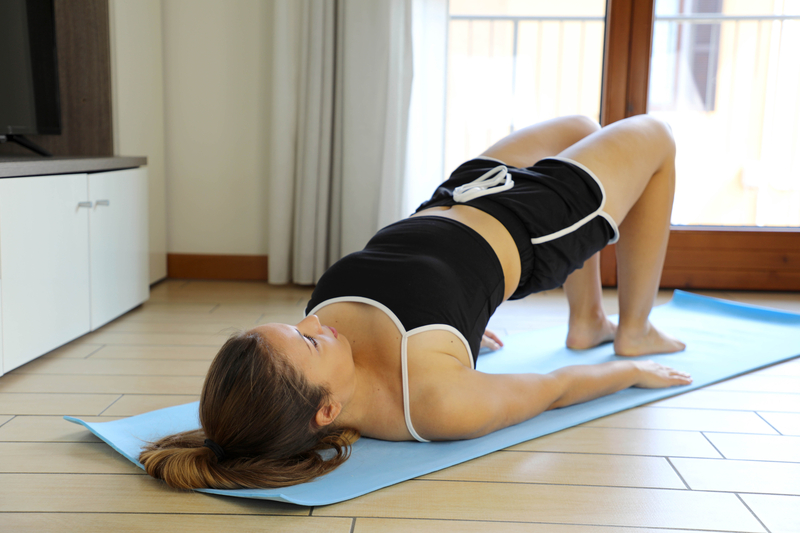
Planks—from a lying face down position, start by getting up on your forearms and knees. Next, while keeping your body in a straight line, lift off your knees, straightening your legs to bring your hips in alignment with the rest of your body. Hold for 30 seconds and release.
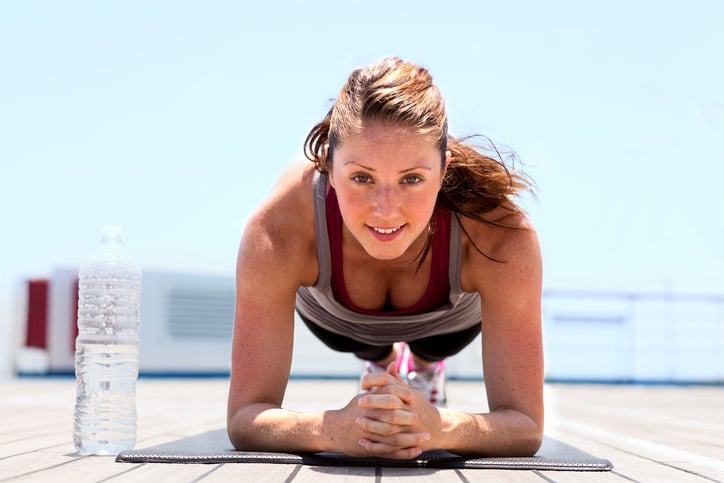
Walking for the Win
Walking is an excellent way to control your blood pressure. Not only will you increase circulation, burn fat and extra calories, and tone up your legs, but you’ll be happy to know walking also helps lower blood pressure. The exercise helps reduce stiffness and allows your blood vessels to be pliable, so pumping blood is easier. Recent studies have shown that if you break up your walks into multiple 10-minute sessions, you’ll get even more health benefits, including lowered blood pressure right after your walks.
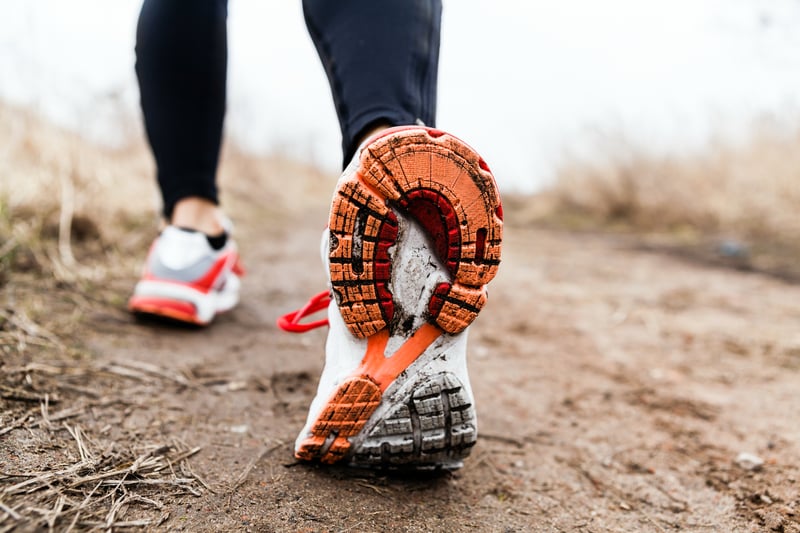
Slow Down for Strength with Tai Chi
You may have heard of Tai Chi, the Chinese martial art that incorporates slowness and strength to bring together body and mind. The deliberate and controlled movements help you work on your flexibility as well as balance, improving body alignment, circulation, and even energy levels. It’s also a great way to destress while getting in a safe and non-impact workout. Great for all ages, Tai Chi is even touted to be instrumental in improving health across the board with movements to lower blood pressure, reduce the risk of falls, and promote mental well-being.
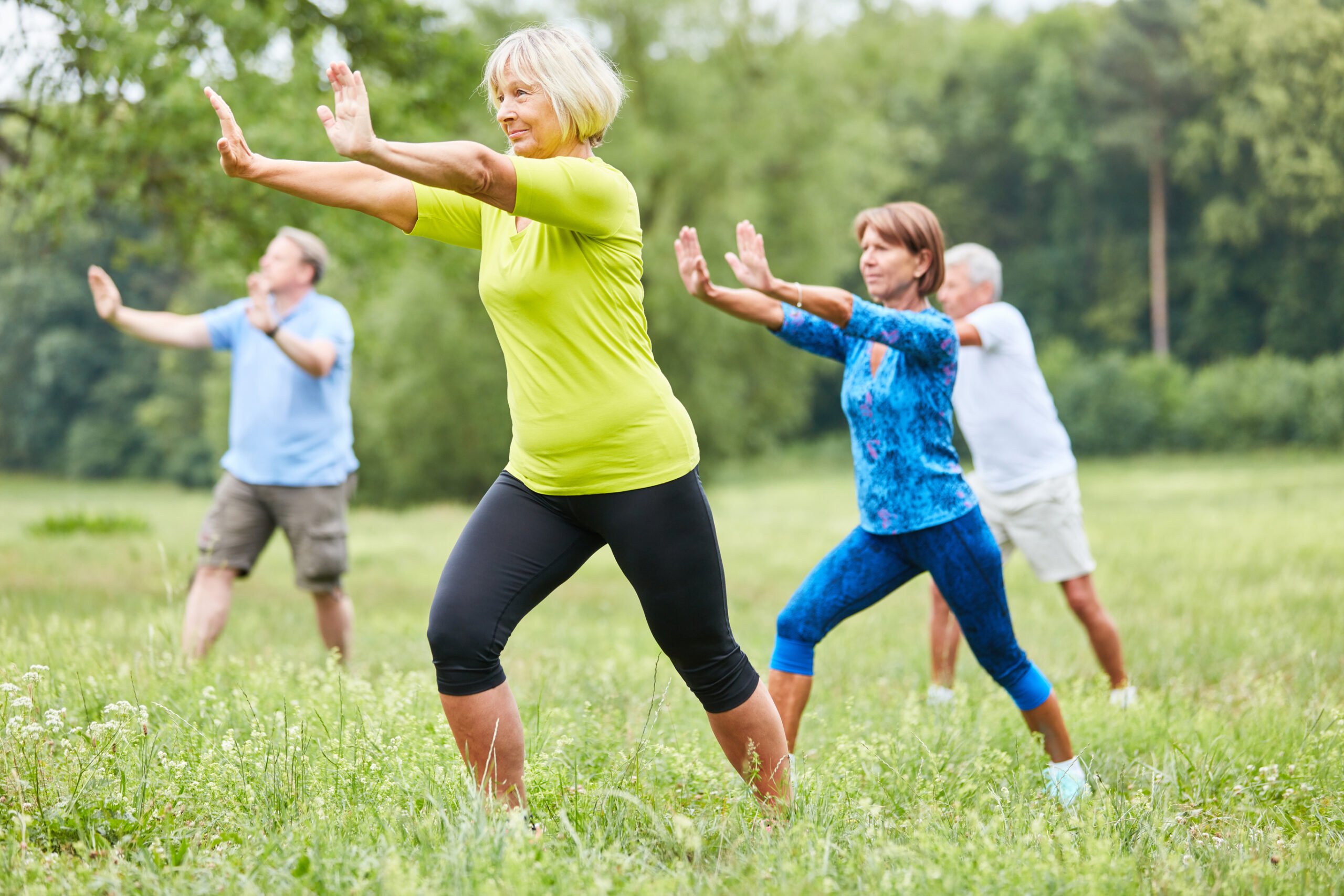
Swimming Success
Build up slowly (swimming can be exhausting!), and make sure to stick with it. As your cardiovascular fitness improves over time, so will your blood pressure. And swimming means floating, and this means your circulatory system has less gravity to deal with, making the blood’s return trip to the heart much easier.

Exercise is one big way you can target blood pressure and get it lower. But don’t forget to look at other lifestyle factors that can be causing high blood pressure as well, like smoking, excessive alcohol use, a nutrient-poor diet, and too much stress. Using movements to lower blood pressure is only part of the puzzle. In order for you to be healthy overall, it’s important to look at the whole picture.






